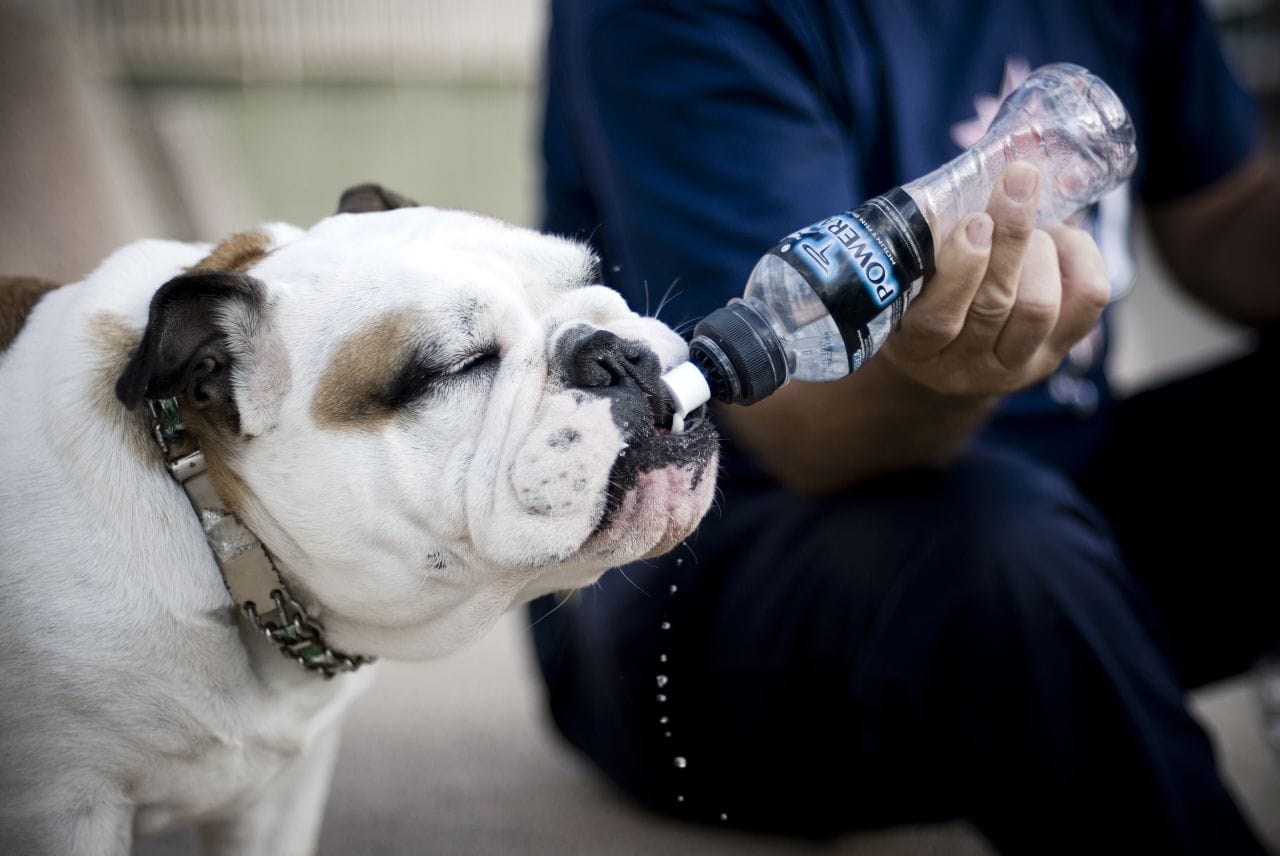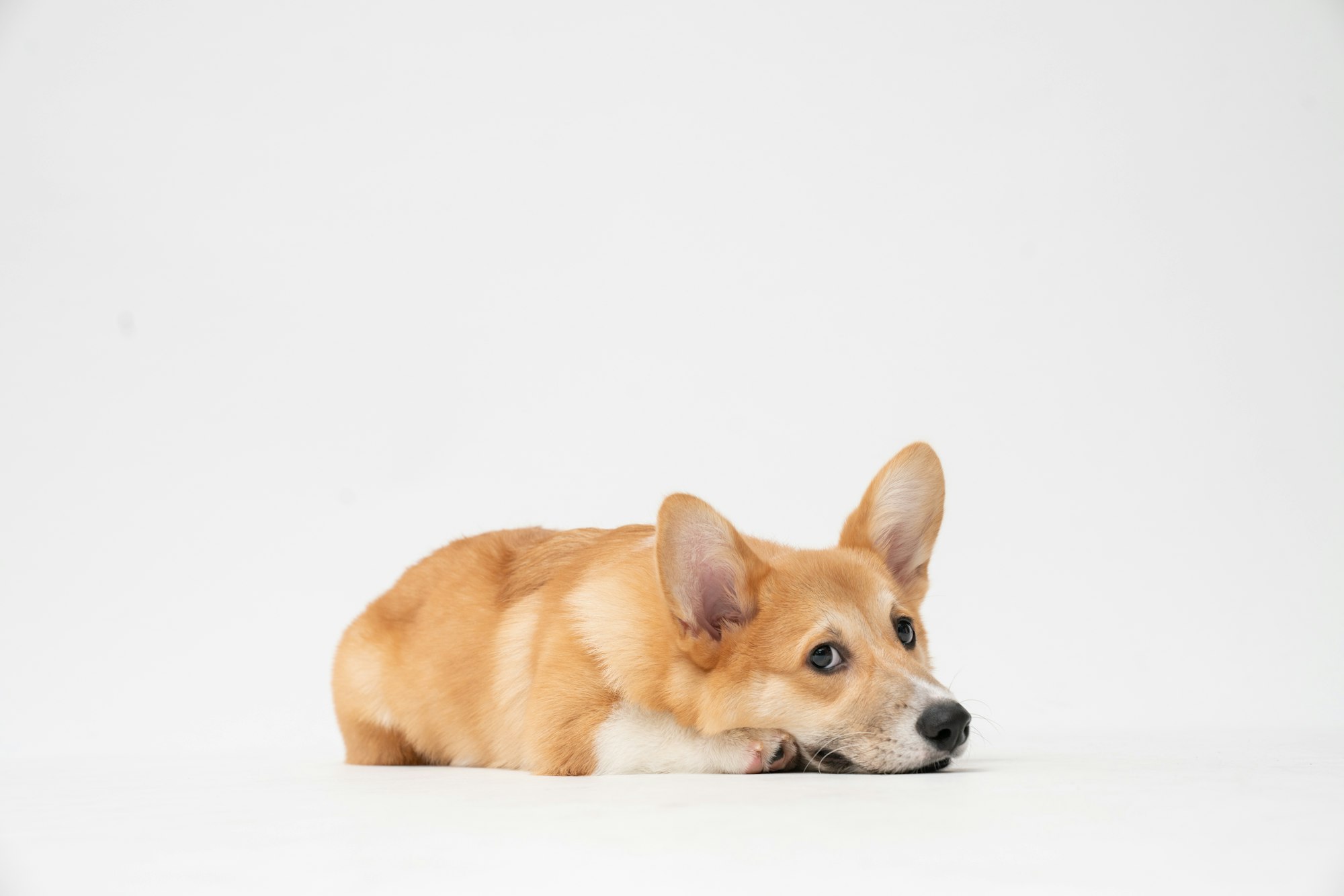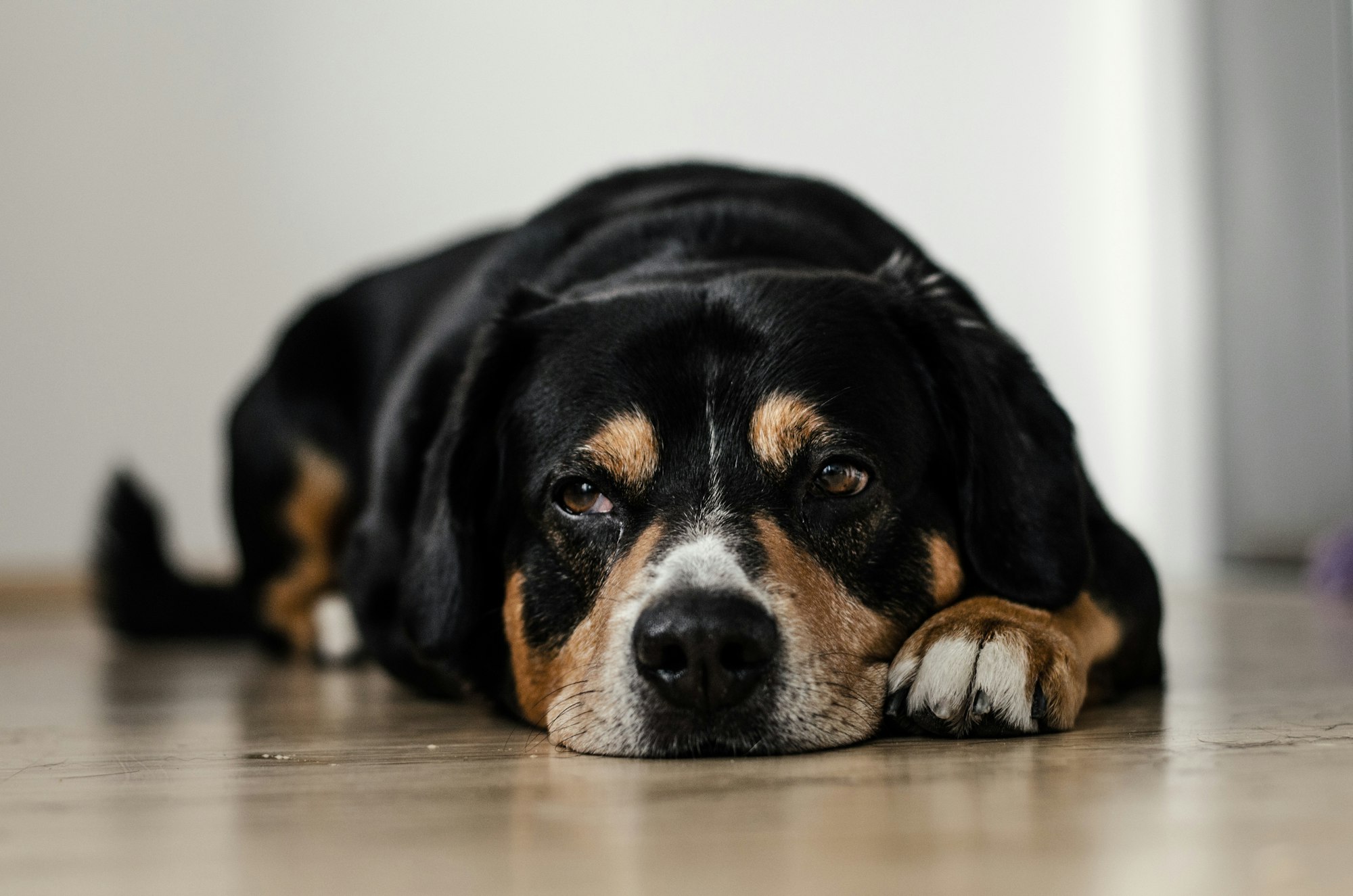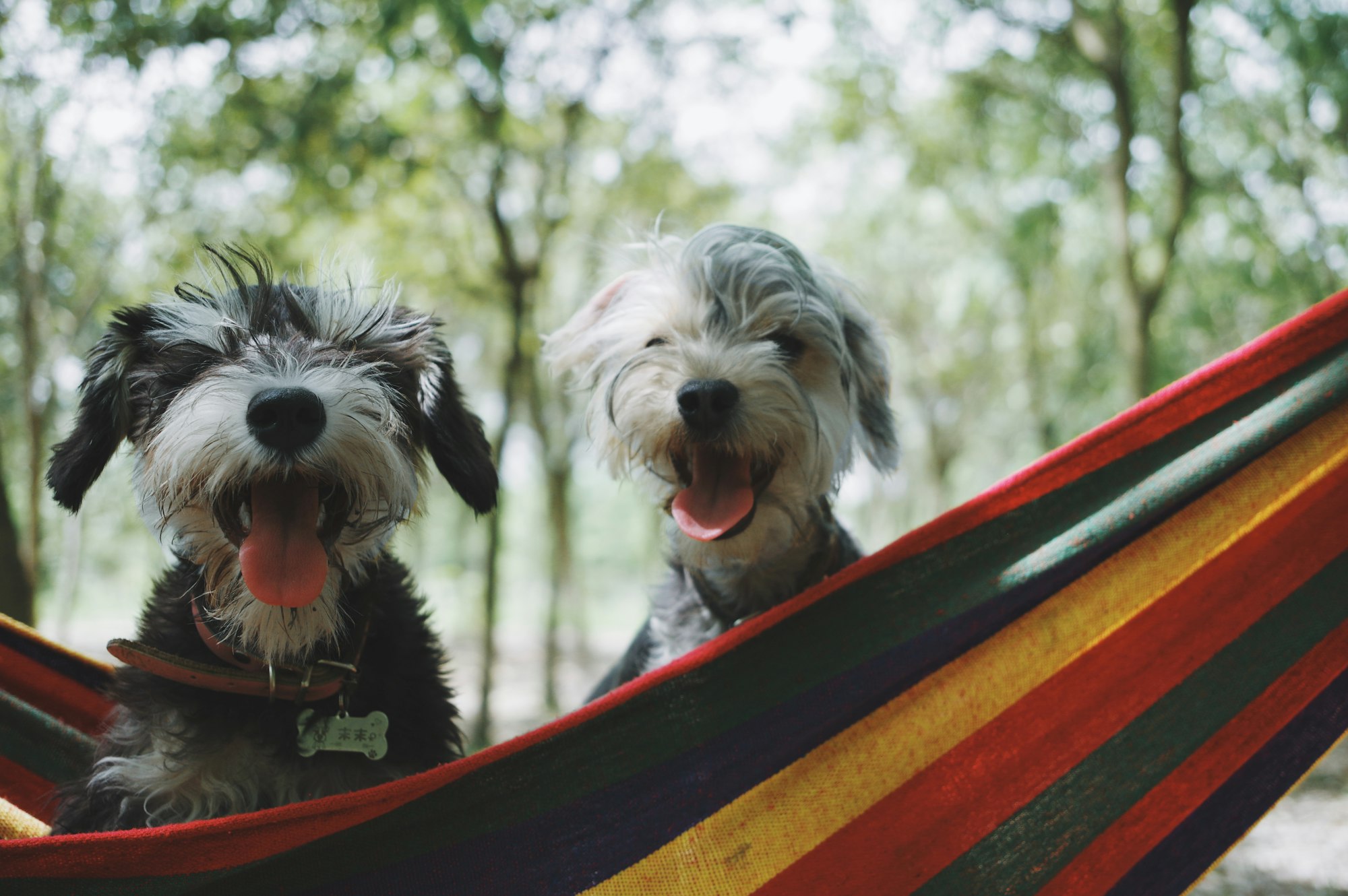How much water should a puppy drink? And what about a cat? It’s important to always have fresh, clean water available for your pets. I have actually seen dogs develop “drinking problems” because their owners deprived them of water. So when they finally get some, they drink it all as fast as they can. And they often become obsessed about getting all the water they can and act OCD about it.
Wouldn’t you do the same if you didn’t know when you’d get your next drink, and were worried that if you left anything or drank too slowly, it would be taken away? (This is an example of The Pooch Coach’s empathic dog training (SM) – getting into your dog’s head so you understand why he’s exhibiting a behavior).
How long can dogs go without water?
Canines can survive from two to three days without water. But that doesn’t mean that such a “diet” is acceptable and harmless. Water is essential for pets since it facilitates metabolic processes, regulates temperature, and maintains all vital body functions. Although a dog can technically survive without water for a day or two, there is no room for such experiments.
Most dogs need about an ounce of fluids per pound of body weight per day, so a 10-pound dog needs a bit over a cup of clean water daily. Really active or lactating dogs may need more and puppies generally drink more than adult dogs. If your dog drinks a lot more than that, it may signal a health problem.
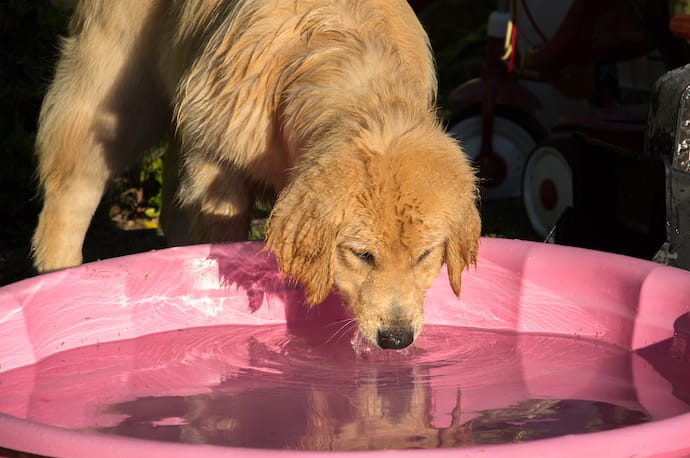
Photo Credit: Soulful Pet Photography
It all depends on his activity level, size, age and the weather, but in general, an average dog needs to drink between 8.5 to 17 ounces of water per 10 pounds (55 to 110 milliliters per kilogram) per day.
Know what’s normal for your pet
It’s important to know what’s common for your dog or cat so that you can tell if they are not feeling well. Pay attention to how much he is drinking. You can even measure it out occasionally to have an accurate read.
Then, if he seems to be slowing down or increasing his intake, you will know something’s up. If it’s dramatically different, see your vet. If it’s mild, look for other symptoms (diarrhea, coughing, lethargy, lack of appetite). If there is a combination of any symptoms, better to have a consultation via an Online Vet and, if needed, visit your vet for further tests.
How much water should a puppy drink
Puppies (and are tended by an adult) need to drink more than twice as much as the total amount for an adult dog – about three times as much. Little pups maintain their hydration levels from their mother’s milk. As a rule, puppies should have direct access to at least one-half cup of water every two hours or so.
The amount of water your puppy needs will go down as it gets older. For a bit older pooches, 10 to 20 ounces of water is OK for maintaining proper hydration balance. An ideal solution is to leave water access all day long. Your puppy will drink sufficient water amount, but controlling drinking patterns is still a responsibility on your side. Mind that!
How to get your dog to drink water?
If your dog refuses to drink water, make sure to understand the underlying reasons for such behavior. Maybe your dog is already hydrated enough so he doesn't need more. Pooch owners are sometimes bamboozled with measuring water and rely solely upon the dog’s need to hydrate.
But it often happens that dogs and puppies, in particular, show no interest in their water bowls. They could come to it, sniff a bit, and go away. If your pup refuses to drink, you should try the following actions:
- Clean a bowl
- Don’t forget to change water frequently
- Simply change the bowl’s place
- Try mixing food with water
- Add ice cubes, especially on hot days
- Contact your vet for further recommendations, if your pup doesn’t drink for a long time
Be conscious that dehydration is a serious problem for dogs that can be omitted. For instance, AAHA has provided a decent dehydration assessment table, allowing you to inspect your dog before going to the vet.
What about cats?
As for cats, the amount of water drunk by an individual cat depends on a variety of factors, including the cat's size and activity, the season, and whether the cat's diet includes wet food or dry cat food only. Factors such as high heat, exercise, or lactation can double or triple the amount a cat drinks.
And, of course, diseases such as hyperthyroidism, kidney disease, and diabetes will all greatly increase a cat's daily water requirements (I'll talk more about water and hydration in these cats in my next post).
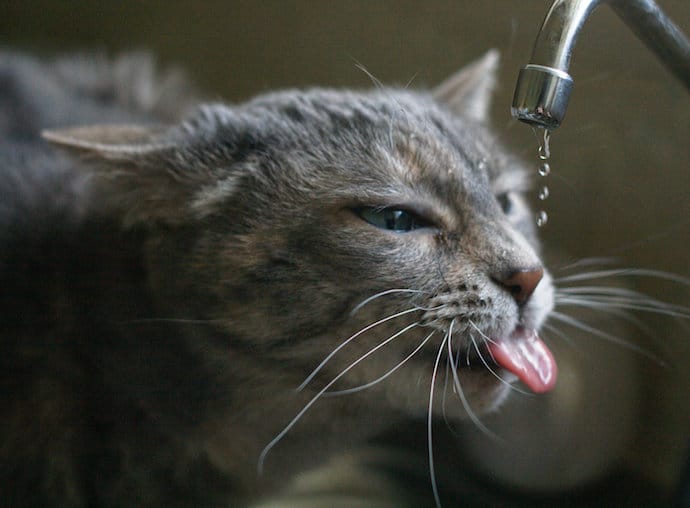
So how much should a cat drink? A normal cat’s daily water requirement ranges from 5 to 10 fluid ounces per day (or an average of 60 ml/kg/day). Cats eating canned food will receive much of their daily water needs from their food since canned food is about 70 to 80 percent water. In contrast, dry food is only 7 to 10 percent water.
Normal cats eating canned food may need to drink less than 1 ounce of additional water per day, whereas a cat consuming only a dry diet may need to drink over 7 ounces per day to stay hydrated. This higher amount of water can be difficult to achieve because cats are not prone by nature to drink large amounts of water.
How long can a cat go without water?
So, you're wondering how long cat cats go without water? Well, your cat can survive up to three without a steady water source. As it works with dogs, don’t experiment or leave your kittie dehydrated. It can have severe health implications, so be sure to keep track of a water bowl.
How to make my cat drink water?
That’s a tricky one! Dehydration in cats is as unhealthy as for dogs, so making sure your cat is hydrated is a must. When their purrballs refuse to drink water, some people try to substitute it with cow’s milk. Well, the truth is that you may use cow’s milk as the last resort since it can irritate your kitten’s stomach. Keep in mind that this product is not a decent supplementary substitute for a balanced cat meal. So, if you want to make your cat drink water, be sure to do the following:
- Keep a bowl clean and change the water regularly
- If your cat is on a dry food diet, consider switching to wet food
- Fill the bowl completely, so that cat’s whiskers touch the water while drinking
- Adding broth is always an option
- If you’re a fan of a more playstyle, get a water fountain
Is it the same for kittens?
For small kittens, water is essential to maintain metabolic processes and overall well-being. If your kittie has already reached 4 weeks of age, be sure to pick the right food. Since kittens can get up to 80% of all water from solid canned food, they need a few ounces of water to stabilize their hydration levels. After all, kittens don’t need that much water as doggos do, especially while being young. Still, be sure to leave a full water bowl for your kitten and it will surely drink as much as it needs to.
Keep it flowing!
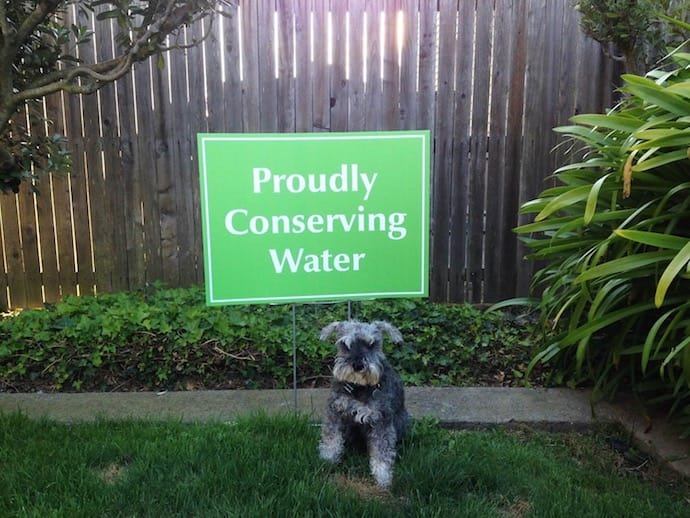
Photo Credit: The Pooch Coach
So, please do conserve water if you’re in a drought area like CA… But don’t ever skimp on a fresh few ounces for Fido or Mittens throughout the day!
*Written by Beverly Ulbrich, she has been seen regularly on TV, as well as working in movies and on stage, Beverly Ulbrich is an expert canine trainer and behaviorist. Her motto is “Any Dog. Any Problem.” Visit her blog for more tips.*h
Was this article helpful?
Help us make our articles even better

